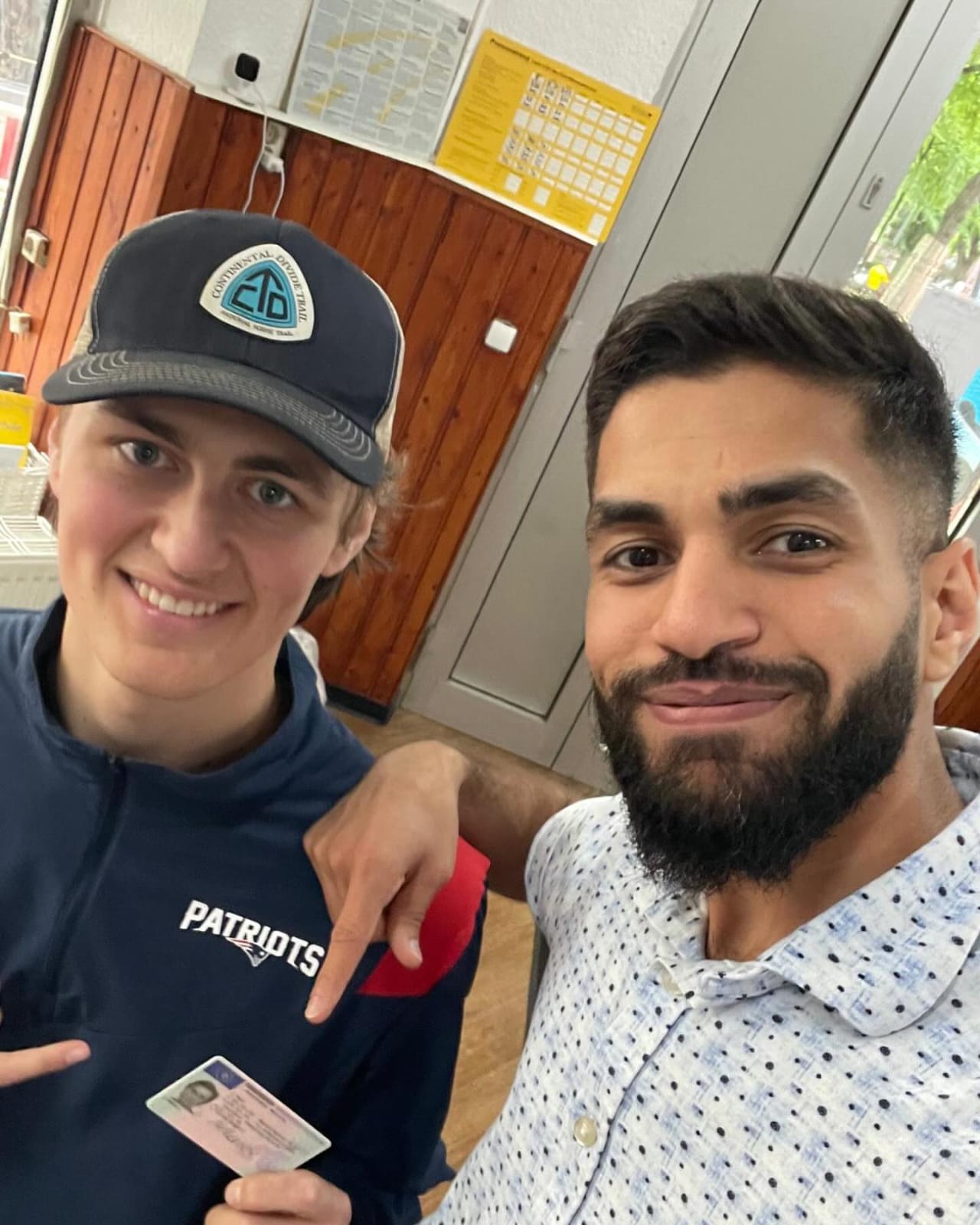Understanding Driving Licenses: Types, Requirements, and Frequently Asked Questions
Driving is an essential element of modern life, and acquiring a driving license is a crucial milestone for many individuals. This article explores the numerous types of driving licenses readily available, the requirements to acquire them, and answers typically asked concerns connected to the topic. A well-informed viewpoint on driving licenses can help people comprehend the value of choosing the right type of license to fulfill their requirements.
Kinds Of Driving Licenses
Driving licenses can vary in between countries and areas, however they generally fall into several significant classifications. The following table summarizes the most typical types of driving licenses, including their functions and common restrictions.
| Type of License | Description | Common Restrictions | Eligibility Age |
|---|---|---|---|
| Learner's Permit | Allows beginner chauffeurs to practice. | Should drive with a licensed grownup. | 16-18 years of ages |
| Class C License | Requirement license for passenger vehicles. | No restriction on number of travelers. | 18 years or older |
| Class A License | Commercial license for big automobiles. | Should comply with more stringent policies. | 21 years or older |
| Class B License | For driving buses and bigger lorries. | May need special endorsements. | 21 years or older |
| Motorbike License | For operating bikes. | Need to use a helmet; varies by state. | 16-18 years of ages |
| International License | Allows legal driving in foreign countries. | Should possess a legitimate domestic license. | 18 years or older |
Learner's Permit
The student's authorization is the initial step for numerous people venturing into the world of driving. visit website enables newbie chauffeurs to practice driving under supervised conditions, normally requiring a licensed grownup over a particular age to accompany them in the car.
Class C License
The Class C license is the most commonly held driving license, enabling people to run basic guest automobiles. This license generally has fewer limitations compared to other classifications.
Class A and B Licenses
Class A and B licenses are needed for operating industrial lorries. These licenses require special training and screening, making sure that motorists are equipped with the abilities required for steering larger and more complicated lorries safely.
Motorbike License
Individuals interested in riding motorbikes need to acquire a bike license, which can need extra training and testing. Security gear, such as helmets, is typically mandated by law.
International License
A global driving license allows individuals to drive in foreign countries, but it is vital to have a legitimate domestic driving license in combination with the global authorization.
Requirements to Obtain a Driving License
The requirements for obtaining a driving license can differ substantially by jurisdiction. Nevertheless, there prevail actions and requirements that the majority of candidates will encounter. Below is a list of basic requirements:
Age Requirement:
- Minimum age differs; student's licenses are typically released at 16, while complete licenses may require applicants to be 18 or older.
Vision Test:
- Most jurisdictions need candidates to pass a vision test to guarantee safe driving abilities.
Composed Test:
- New chauffeurs need to pass a composed exam that covers traffic laws, roadway indications, and safe driving practices.
Driving Test:
- Practical driving tests are carried out to demonstrate an applicant's ability to operate a lorry safely under various conditions.
Fees:
- Payment of application and testing fees is usually required.
Evidence of Identity:
- Applicants need to provide legitimate identification, such as a passport or birth certificate, in addition to proof of residency.
Adult Consent (for minors):
- Parental or guardian permission is frequently required for candidates under the age of 18.
Understanding the various types of driving licenses and their involved requirements is vital for anybody seeking to drive lawfully and safely. Each license serves an unique function, catering to various driving requirements, from basic lorries to industrial transportation and bikes. By fulfilling the needed criteria and sticking to regulations, striving chauffeurs can take pleasure in the freedom of driving while ensuring their safety and the safety of others.
Regularly Asked Questions (FAQs)
What do I need to bring when requesting a driving license?
- You normally require to supply identification, evidence of residency, and any required application costs. Talk to your local DMV or licensing authority for particular requirements.
The length of time does it require to obtain a driving license?
- The timeline can vary based upon individual situations, such as how rapidly one can finish the required tests, and whether there is a stockpile at the licensing authority.
Can I drive with a learner's license?
- Yes, however you should be accompanied by a certified motorist and adhere to limitations set by your regional laws.
What occurs if I stop working the driving test?
- You typically have the option to retake the test after a designated waiting period, which varies by jurisdiction.
Is it required to take a driving course?
- While not always necessary, taking a motorist's education course can be helpful and is typically required for people looking for a learner's permit.
By being informed about the types of licenses readily available, the requirements required for getting one, and the associated guidelines, potential motorists can browse the procedure of getting a driving license with self-confidence.

